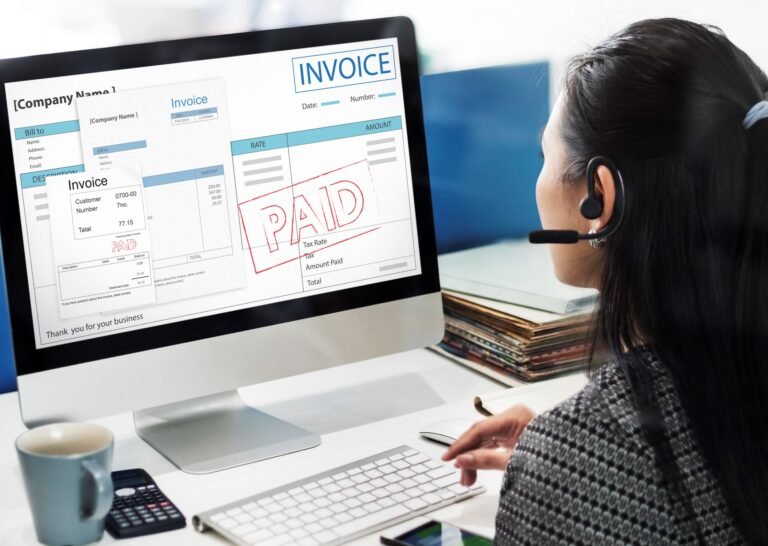Waiting 30, 60, or even 90 days for customer payments can strain your cash flow and stall growth. That’s where invoice finance and factoring come in—two powerful tools that help you unlock the cash tied up in unpaid invoices. While they’re often used interchangeably, they’re not the same. Understanding the key differences can help you choose the best fit for your business needs.
By the time you finish reading this post, you’ll have a clear understanding of the differences between invoice finance and factoring, including their advantages, potential drawbacks, and which one might suit your specific business situation. Whether you’re a startup, a growing SME, or a large enterprise, this guide will help you make a smarter funding decision.
You’ve delivered the service. You’ve sent the invoice. But now you’re stuck in limbo, waiting weeks—or even months—for payment. Meanwhile, bills keep piling up. Staff needs to be paid. Suppliers are knocking. And growth opportunities slip by because your money is sitting in someone else’s account. It’s frustrating, stressful, and unfair. But what if there was a way to stop cash flow from controlling your business? A solution that gives you power over your receivables, not the other way around?

Fun Fact!
Did you know factoring dates back to ancient Mesopotamia? Merchants in 2000 B.C. used similar systems to finance trade caravans across the Fertile Crescent. In a way, when you use factoring today, you’re tapping into one of the oldest financial strategies in the world—updated for the modern marketplace.
What You’ll Learn if You Keep Reading
Stick with us and you’ll learn:
• The fundamental difference between invoice finance and factoring
• When and why businesses choose one over the other
• How to pick the best option for your cash flow needs
• Expert tips to implement these tools without hassle
• How to Use Import Finance Effectively
How to Choose and Use Invoice Finance or Factoring
Let’s break it down.
1. Invoice Finance (Also Called Invoice Discounting)
You borrow money against your unpaid invoices while still managing the collection process yourself. It’s discreet, meaning your clients may never know you’re using it.
When to use it:
• You have a strong credit control team.
• You want to maintain customer relationships directly.
• You prefer to keep financing arrangements confidential.
Tips to get the most out of it:
• Use software to track payments and remind customers consistently.
• Work with a trusted lender like Trade Bancorp for flexible rates.
• Bundle it with receivables finance for broader support across all AR.
2. Factoring
You sell your invoices to a factoring company like Trade Bancorp, which takes over collection duties. You get immediate cash (usually up to 90% of invoice value), and the factor deals with your clients directly.
When to use it:
• You don’t want to worry about chasing payments.
• You want quick working capital without managing collections.
• You need consistent cash flow to meet operational demands.
Tips to make it work for you:
• Be transparent with clients—factoring is common and professional.
• Use it to grow fast without waiting on slow-paying customers.
• Combine it with shipment financing or stock finance to create a fully-funded supply chain.
3. Bonus Advice:
Whichever option you choose, it’s important to:
• Compare providers for service, speed, and cost.
• Understand the fees—some factors charge for additional services.
• Evaluate how customer relationships may be affected (especially with factoring).
At Trade Bancorp, we offer both options — and help you decide which works best based on your goals.
Tired of waiting for customer payments while your business stalls? Whether you need the control of invoice finance or the convenience of factoring, Trade Bancorp has a tailored solution for you.
Reach out today and let our experts guide you through a seamless funding process.
Contact us now or explore more on our Services Page to discover how we can support your business growth.


